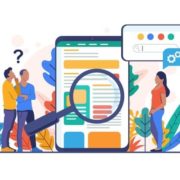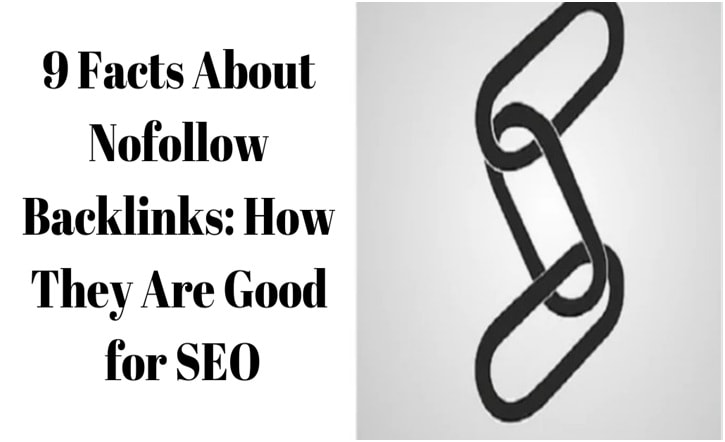The number of SMEs has always been important to various economies. It can be difficult for small business owners to understand why their closest competitor ranks higher than them on Google.
You know that you are selling a good product (or service) at a better price, but every time you do a search, you will find that others are better than your website.
And that’s frustrating for a very simple reason: it means they’re creating a volume of business that you can take advantage of.
Suppose your business is to deal only with customers near you. In that case, you will need to seriously consider your local SEO as 25% of requests made on Google are local in nature, and 85% of Internet users are already searching for local businesses on search engines.
However, what is noteworthy in local search is the conversion rate, especially on smartphones.
Having attracted attention, here are essential tips for optimizing your local SEO and attracting visitors to your catchment area.
-
Geographically Identify SEO on The Page
Whether it’s the title (h1, h2) or the body of the text, the use of relevant keywords in a web page is essential for full reference. However, it can be very difficult to distinguish from competitors with very competitive keywords. For example, consider the word hairdresser, which is very popular and very competitive. Cosmetologists have a hard time using this single keyword to rank high in Google results (especially because it’s not always relevant).
However, by adding a city to the keyword (for example, “hairdresser Lyon”), the company significantly optimizes local references. Therefore, always take geographic factors into account in your SEO on the page.
-
Optimize Title and Meta Description
The title tag and meta description do not necessarily have a direct impact on local SEO, but they do play an undeniable indirect role. Understand that this is (in most cases) these two factors that appear in Google search results. Therefore, this relies on the selection of links that Internet users click on.
By indicating your location with title and meta description tags, you are much more likely to see Internet users clicking links. What’s more, these Internet users will never be disappointed because they can find exactly what they are looking for, where they need it.
A positive sign of Google that can ultimately improve the ranking of your site by noting that it appeals to people looking for your keywords.
-
Optimize Your Google My Business Page
Google has launched Google My Business to allow local businesses to create quality pages that include information about their activities as well as contact details. This page, which is very similar to the Google+ Pro page, is also on Google Maps.
Therefore, having a Google My Business account will qualitatively show local businesses in geographically located searches and provide all the information (address, email address, phone number, map) needed by potential customers, types of products sold, etc.) can be provided.
-
Exists in a local Directory
If the paper directory is dead, the online directory is growing. However, to make this strategy effective, make sure that all information is consistent. This is the best way to enhance your local SEO and avoid losing customers who are confused by information conflicts.
-
Pay Attention to The Site Microformats
To improve your ranking in local search, you need to use microformats to provide details to Google. These are enhanced beacons that help search engines better understand the structure of your site and better position it.
-
Encourage User Reviews
As mentioned above, registering in a directory or creating a Google My Business page will give you the opinion of Internet users. And that’s a good thing! The higher the facility’s rating on different sites, the more likely it is to get results. To have a positive impact on your local SEO, it is important to encourage satisfied to rate and comment on you.
-
Develop a Mobile Site
If you don’t have a mobile-enabled site, you don’t need all of the following: In fact, 60% of local searches are done from smartphones. In addition, mobile voice search is especially used to find nearby shops. If your site isn’t readable on a small screen, it’s enough to risk losing a lot of traffic and conversion potential.
-
Set up Google Analytics and Search Console
Without the right tools, it’s hard to keep track of progress and get the ideas you need to make decisions to increase business visibility. Both of the two main tools you need are free: Google Search Console and Google Analytics. Both profiles may already be configured on your website, but if not, you should be familiar with these tools.
Google Analytics tracks and reports website traffic and its conversions, help you visualize growth and understand how your audience is using your site.
-
Familiar With Keyword Research
It’s important to know how potential customers are looking for a business like you so that you can properly optimize your website. Finding search terms that people use is known as keyword research. The first thing to do is to open Notepad and write a list of terms that people want to search for when trying to find a business that sells or offers what you are doing.
-
Look at Competitors In Search Engines
It may sound easy, but one of the best things you can do when working on your website’s SEO is to find the keywords you need to optimize your site and then analyze your competitors. Take a moment to spend to write a list of businesses that you think are your competitors.
-
Plan the Structure of Your Site and Its Pages
Once you’ve identified the keywords you want to rank, you need to figure out the right structure and optimization methods for your site. This means creating a plan for the pages you need to create (or place) to rank the terms you want to rank. General rules of thumb should be guided not only by keyword research but also by common sense. One easy way to do that is to need a dedicated page to target the main keywords you’re targeting.
-
Find and Fix Fundamental SEO Issues
You need to optimize your site and find the right keywords to configure your site in a way that’s easy for both search engines and users, but you also need to pay attention to SEO issues that hinder your site’s ranking.
But we’re not going to stop telling you to go ahead and learn how to do a detailed SEO audit. That said, you need to find and troubleshoot basic technical and on-page SEOs such as, pages with indexing blocked, broken link, page speed is slow, site map error, duplicate content, and much more.
-
Create Appealing Content for Your Customers
When creating content, think carefully about what your customers need to know about your product or service. You need to educate users about your product, let them know how your business can help them, and persuade them to choose you.
But keep in mind that content is one of Google’s top three ranking factors. This is usually the difference between good and bad visibility. This content helps users understand what you offer and identify you with your own Sales Proposal (USP). It also helps search engines know what your page is and your level of experience.
And content means more than just words. Also think about how you can use images, videos or other types of media to attract your visitors.
The only difference between websites today is its content. Great content is what you can find on search engines and turn potential customers into paid customers.
-
Create an Online List Related to Your Business
One of the main factors in Google’s positioning is links. A link from one website to another is a vote for its quality (see the PageRank guide for more information on this).
Linking other websites to your website is not easy. It takes time and skill, but small businesses need a link to rank high on Google.
-
Ask Your Supplier and Industry Association to Link to Your Website
Business listings aren’t the only way to generate backlinks for small businesses. A proven backlink generation strategy that almost everyone can implement is to contact the supplier and the association to which they belong and ask for a link to the website.
Of course, SEO can be complicated. But as a small business, you usually don’t compete with multinationals. By taking the time to create a solid, optimized website using SEO tips for small businesses, you get many benefits that you want to learn and work harder. At a good starting point, you will be on the right track to outperform your competitors. To be on the safe side, here’s a small business SEO checklist that covers the critical points for your success:
- Get data about keywords.
- Let’s raise the ranking.
AuthorBio:
Nishil is a passionate writer, hungry for new innovation. New trends fill him with tons of enthusiasm to uncover hidden topics. Speakaudible covers a wide range of subjects related to audiobooks. You can check our latest article on inspirational audiobooks.












Comments